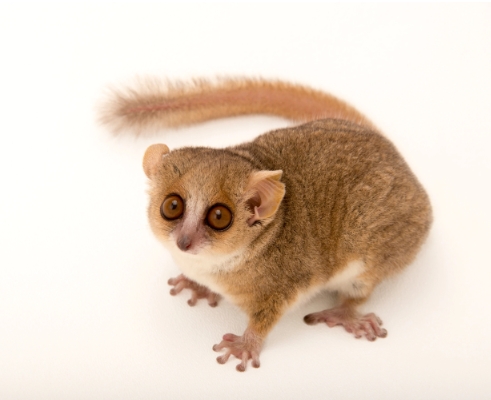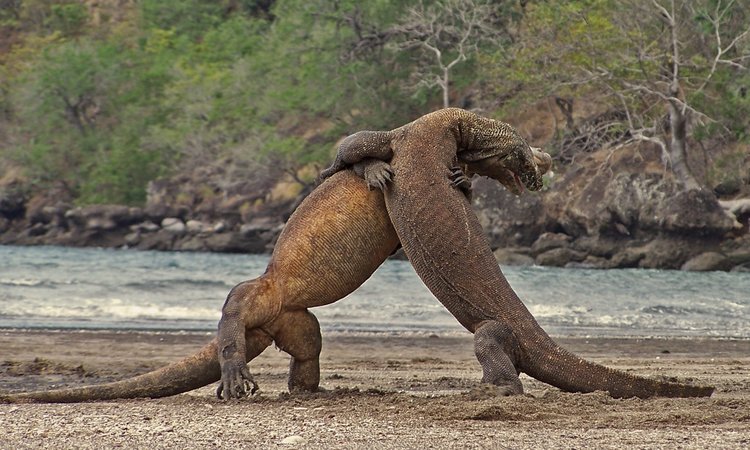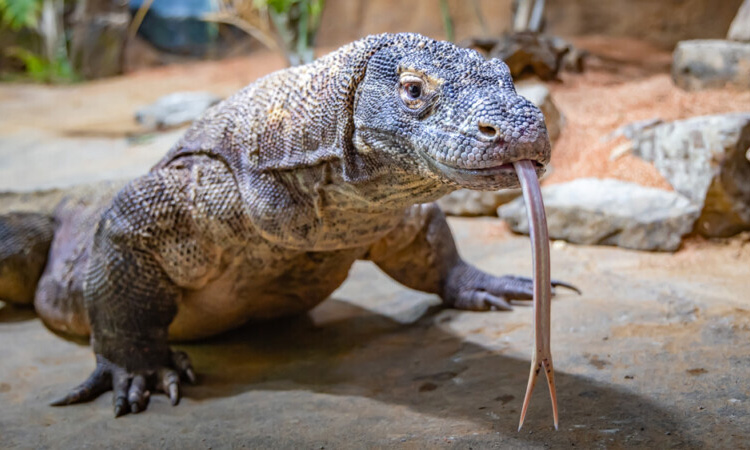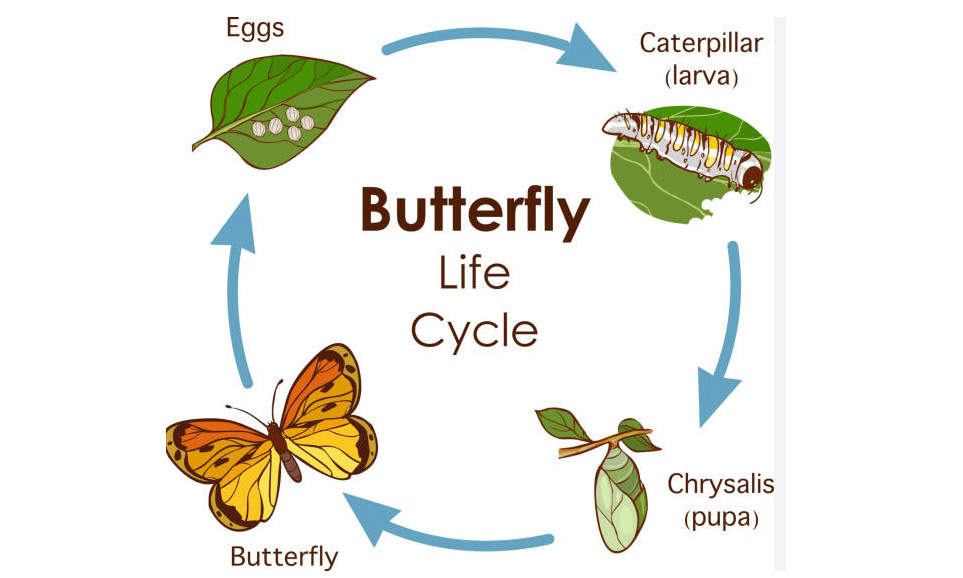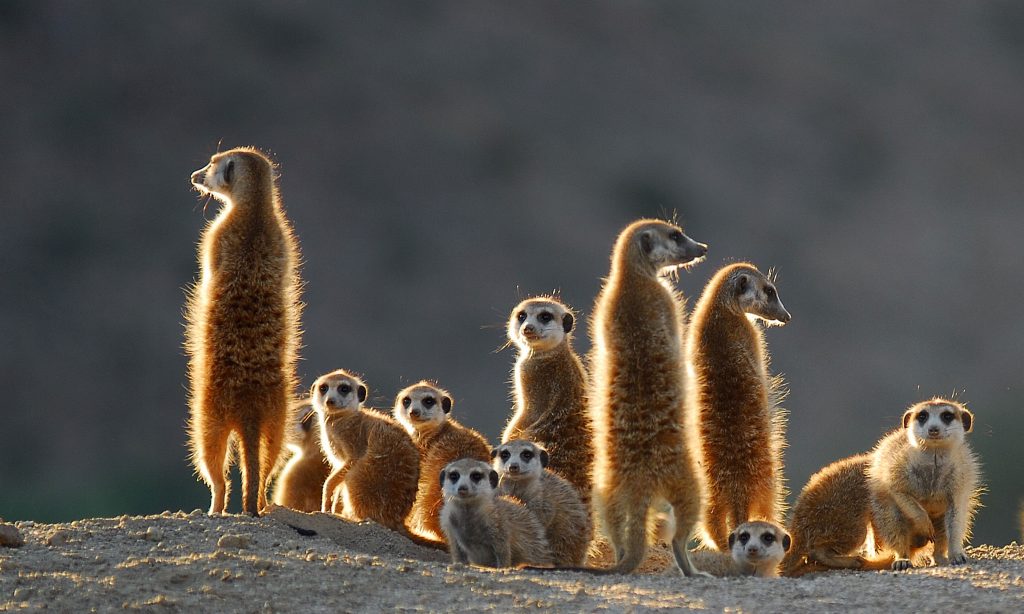Madagascar is home to a wide variety of unique and fascinating wildlife, including the adorable small lemurs that can be found throughout the island.
Exploring Madagascar’s Lemurs
Lemurs are a type of primate that are endemic to Madagascar, meaning they can only be found on the island. They are known for their large, expressive eyes and long, bushy tails.
There are over 100 different species of lemurs in Madagascar, ranging in size from the tiny mouse lemur, which is about the size of a mouse, to the larger indri lemur, which can grow to be over two feet tall.
Meet the Smallest Lemur – the Mouse Lemur
One of the smallest and most adorable lemurs in Madagascar is the mouse lemur. These tiny creatures are nocturnal and spend their days sleeping in tree hollows. They are incredibly cute with their large eyes and soft fur.
Mouse lemurs are expert climbers and can move quickly through the trees using their strong tails for balance. They feed mainly on insects, fruits, and flowers, making them important pollinators for the plants in their habitat.
The Endearing Dwarf Lemur
Another small and charming lemur found in Madagascar is the dwarf lemur. These primates are known for their slow movements and gentle nature. They spend most of their time in the trees, where they forage for fruit and insects.
Dwarf lemurs are known for their ability to hibernate during the dry season, slowing down their metabolism and surviving on stored fat until food becomes more plentiful. This unique adaptation helps them survive in the challenging conditions of Madagascar’s forests.
Protecting Madagascar’s Lemurs
Unfortunately, many species of lemurs in Madagascar are facing threats from habitat loss and fragmentation due to deforestation, as well as hunting and the illegal pet trade. Conservation efforts are underway to protect these adorable primates and ensure their survival for future generations to enjoy.
Visitors to Madagascar have the opportunity to see these charming small lemurs in their natural habitat and learn more about the importance of preserving their unique island home. By supporting conservation efforts and responsible tourism, we can help ensure that these adorable creatures continue to thrive in the wild.
